Info-Seite Breeding weights (fixed!)
- 7. Juli 2019
This part was made for people who want to use an incubator and wish to tune it according to the weight of the eggs inside. ...
Read moreThis part was made for people who want to use an incubator and wish to tune it according to the weight of the eggs inside. ...
Read more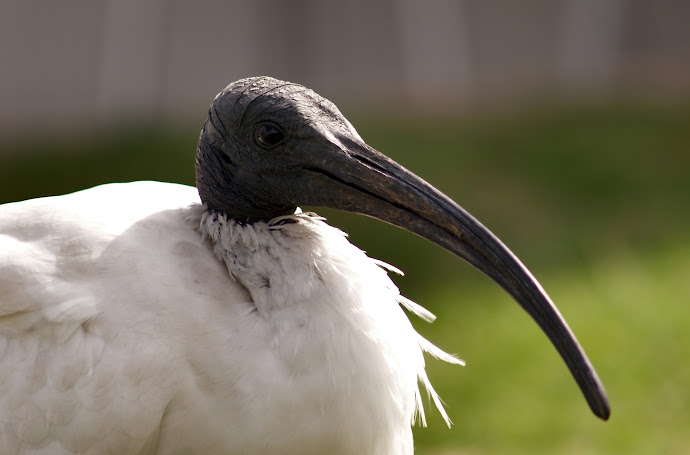
Little is known about the movements of Australian birds. Information is particularly scarce on large, aquatic birds, which are usually difficult to access and handle. Their movements are also often complex, and therefore difficult to identify. Here we present data on the local and long distance movements of the Australian White Ibis Threskiornis molucca, a highly mobile bird, which as many other waterbirds, continues to decline in its traditional ranges in inland Australia. At the same time it has invaded coastal urban environments, where its high abundances cause many problems and require management. Our analysis of past and present banding studies reveals that Australian White Ibis travel throughout the urban environment and visit landfills, where they forage in large numbers. They also conduct long distance movements, which lead birds from breeding sites in south-eastern Australia along the eastern coast to regions further north (Queensland and Papua New Guinea). Young birds return to their hatching site, when sexually mature. Their preferences for landfills, high mobility, complex movements and current decline in inland Australia need to be considered, when developing and implementing management strategies for Australian White Ibis and ecologically similar birds. ...
Read more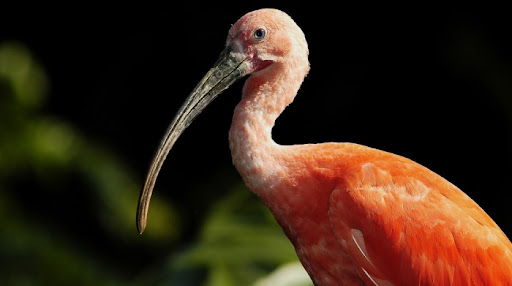
In earlier newsletters we looked at the different mechanisms involved in avian colouration, including various values, important concentrations, etc. The question remains: how to I customize this? There is no aviary that has a biotope so diverse that the birds can decide what to eat in order to fulfill all of their dietary needs ...
Read moreThe ibises whose name starts with threskiornis all look alike. Except the straw-necked ibis (T. spinicollis) whose dark, shiny feathers clearly distinguishes itself. We have been looking up all characteristics of the species before, the most striking ones are shown elsewhere on the site. ...
Read more
Female birds can select a male partner on a large number of manners to pair. Thus they choose for example males with striking decorations, such as violent coloured and extended feathers. By choosing that splendid males, they are sure the descendants will be born healthy and vital. Because how better the males in condition is, how better their decorative expressive reach, therefore how better their genen. ...
Read more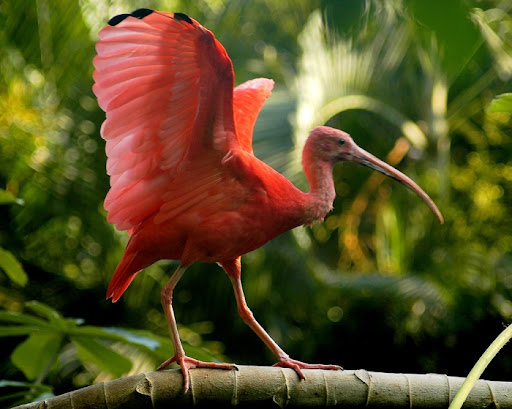
Wild birds are not administered artificial products. They still have a beautiful red colour. In the four studies that have taken place in the wild, it appears that the birds perfect their colours from crustaceans, insects and fish. Of course it is impossible for us to feed it every day. However, keep in mind that the daily feed what we provide to our many birds also contains carotenes: Maize, linseed, fish (flour), shrimp (flour), spirulinae, ...
Read more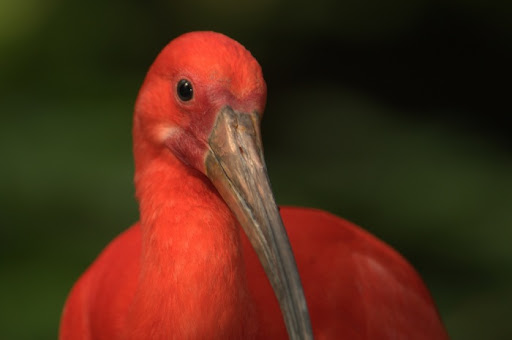
In Part 1 we learned that carotenes are responsible for the reddening of our birds. That is the reason why we carotenes, in the form of canthaxantine, extra to administer the diet of our birds. What is now the ideal dose to deal with the birds? Nobody knows what the perfect dose is, so we look at what dose zoos feed their animals. Finally, we compare this with the maximum dose that people may have. ...
Read more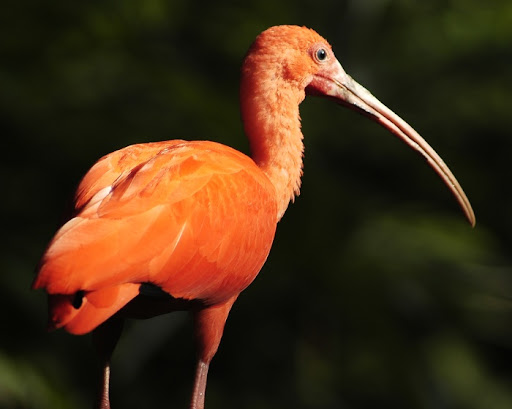
Reddening in some of our birds, it is currently a hotly debated topic with many aviculturists of ibises, flamingos, spoonbills and pelicans. On Ibisday 2007, we have already dealt with this topic extensively. We want to give you, on the basis of a number of articles, more information on this subject, in this way we give you the opportunity to become a critical judge on the usefulness of administering colours and the role they play. ...
Read moreFrom the inventory you send us each year, we learn a lot. It gives us a lot of work, but it is the only way to see how populations evolve. We noticed that the American White ibis was going backwards, mainly due to export and being not as popular as other species. Therefore we decided to take action. ...
Read moreIbisring has the honour to publish the thesis and publications of Dr. Khem Chand Soni. He has studied the population, foraging, roosting and breeding activities of the Oriental black ibis inhabiting the arid zone of Rajasthan (India). ...
Read more
There is a new fashion in the way birds are kept. Even in private collections you can find increasing numbers of great aviaries, even within this small world of aviculture. How to make such an aviary is another issue, and what can be kept in such, is what we are going to talk about. ...
Read moreAbout 10 years ago we saw in zoo's some buff colored ibises. Usually a single bird in a mixed collection. Only a few had a pair of them. As there were few breeding results, no one had a bird to sell. Everybody was waiting to get an extra bird. ...
Read moreExample growth weights of three Scarlet ibises. ...
Read moreExample growth weights of three Blackfaced ibises. ...
Read moreAn overview of the breeding times of ibises and spoonbills. ...
Read moreDrought induced nepotistic behaviour in the Indian Black ibis (Pseudibis papillosa) inhabiting the arid zone of Rajasthan has been studied. The aim of the present study is to know about any breeding abnormalities induced in the Indian Black ibis by seasonal tragedy like drought. ...
Read more
There are two species of bald ibis in the genus Geronticus. Northern bald ibis, also called Waldrapp or Eremite (Geronticus eremita) and Southern Bald Ibis, also called Cape Ibis (Geronticus calvus). Much information has already been discussed on Waldrapp ibis during our ibisday in Paradisio, along with the project to release them in Austria. ...
Read moreIf we have the idea to keep ibises in a protected environment, we want to make this place as comfortable possible for our birds. Think of it as a nice hotel room, suited for a long and carefree holyday. As a good host you want the best for your guest, don't you? ...
Read moreThis article shows the differences between the Sacred ibis, the Indian white ibis and the Australian white ibis. ...
Read moreOverview of the translated names of ibises and spoonbills. ...
Read moreOverview of the CITES status of ibises and spoonbills. ...
Read moreUna de las creaciones más maravillosas de la naturaleza es la inmensa variedad de colores y diseños presentes en el plumaje de las aves. Este despliegue de color debe su existencia a pequeñas moléculas coloreadas, los carotenoides, que al ingresar al organismo con el alimento sufren una gama de transformaciones biológicas, para luego ser almacenados en las plumas. ...
Read moreThese ring sizes are only a guideline. The exact size is the responsibility of the owner. ...
Read more